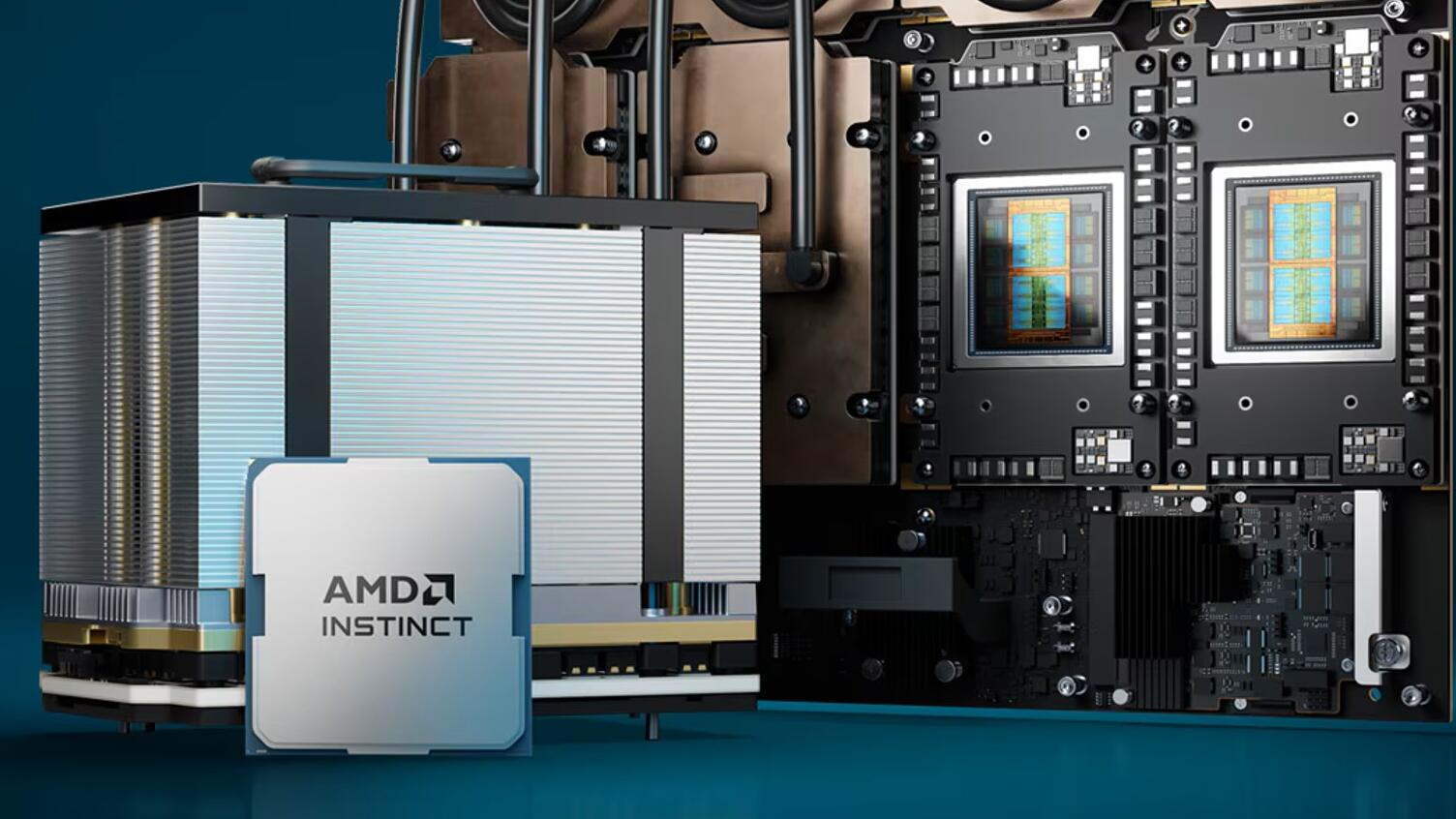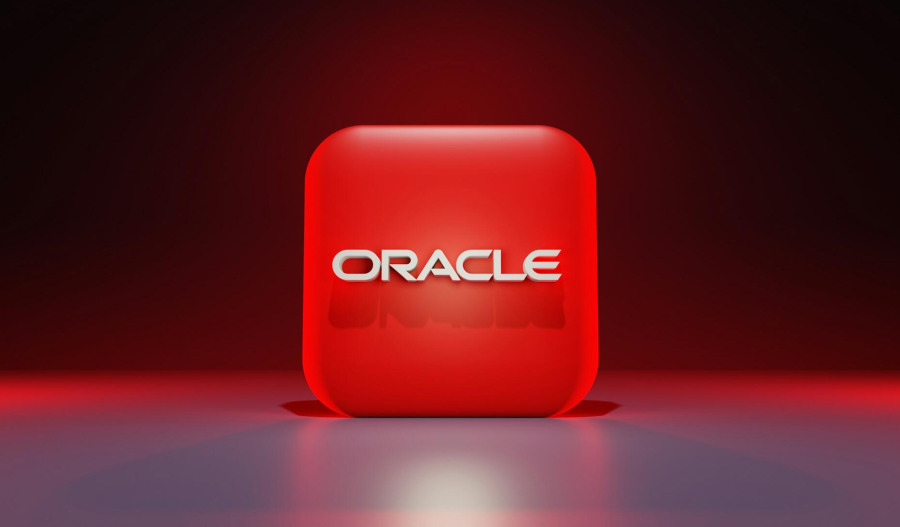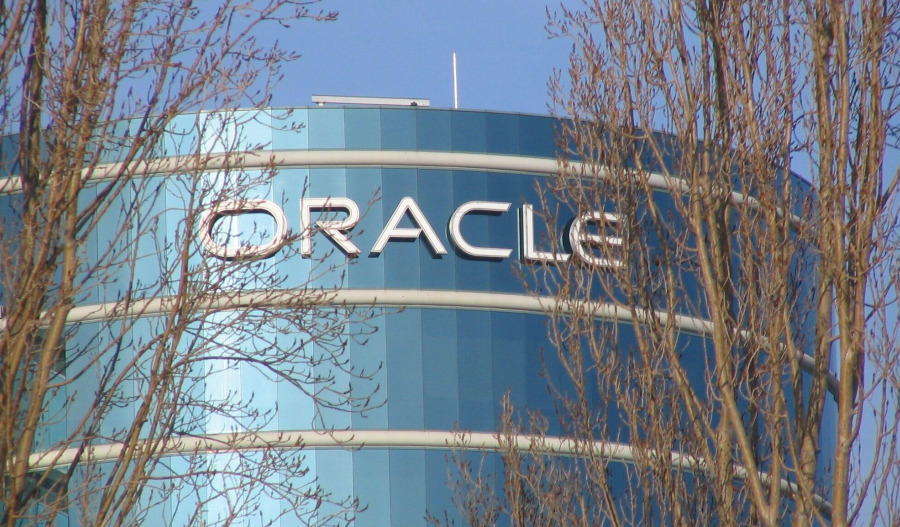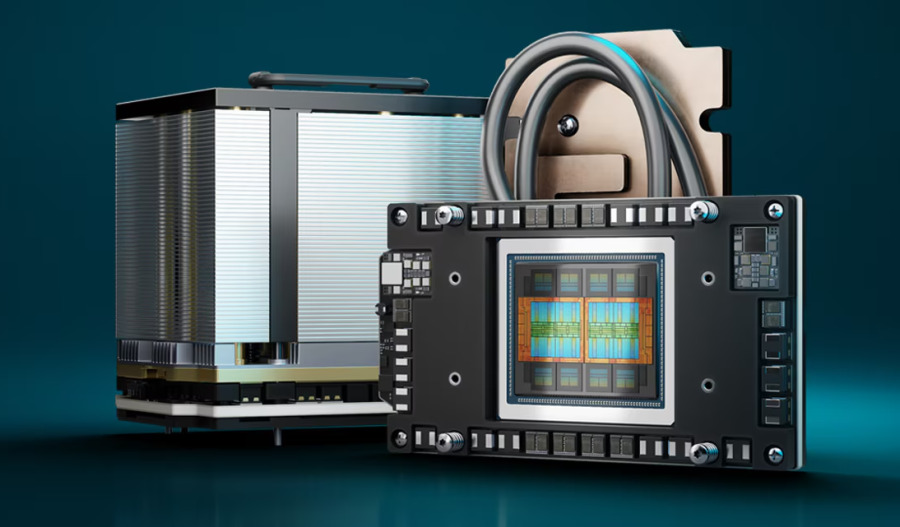Tech infrastructure giant Oracle will become the first hyperscaler to deploy 50,000 AMD Instinct MI450 GPUs in a publicly available AI supercluster.
The rollout kicks off Q3 2026 and scales through 2027 and beyond as Oracle's cloud push amplifies and extends AMD's hot streak in locking down heavyweight AI infrastructure contracts.
Oracle Cloud Infrastructure will integrate AMD's "Helios" rack architecture, bundling the MI450 GPUs with next-gen EPYC CPUs codenamed "Venice" and advanced Pensando networking codenamed "Vulcano".
"By bringing together the latest AMD processor innovations with OCI's secure, flexible platform and advanced networking powered by Oracle Acceleron, customers can push the boundaries with confidence," Oracle Cloud Infrastructure VP Mahesh Thiagarajan said.
"Through our decade-long collaboration with AMD - from EPYC to AMD Instinct accelerators - we're continuing to deliver the best price-performance, open, secure, and scalable cloud foundation in partnership with AMD to meet customer needs for this next era of AI."
The reveal follows a cavalcade of blockbuster agreements for both players.
AMD's shares have rocketed nearly 35% over the past fortnight, hitting a 52-week peak of US$240.10 before settling around $218.
The chipmaker recently locked in a major OpenAI pact to deploy 6 gigawatts of AMD Instinct MI450 GPUs, with OpenAI receiving warrants for up to 160 million AMD shares - roughly 10% of the company.
That agreement saw AMD's market cap leap $100 billion in a single session, with shares spiking 38%.
Oracle's stock has gone equally ballistic, climbing 87% year-to-date to around $308 after starting 2025 at $166.64.
The company's performance obligations have swelled to $455 billion, while Oracle Cloud Infrastructure revenue is projected to explode from $18 billion to $144 billion over the next five years.
The buildout sits within what analysts characterise as a "tightly wound circular economy" of AI infrastructure spending.
Oracle has previously locked in a $300 billion cloud services arrangement with OpenAI, while continuing to ink major contracts with Meta Platforms and other tech titans racing to secure compute capacity for next-generation AI workloads.



